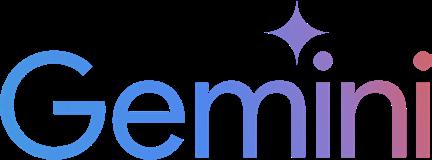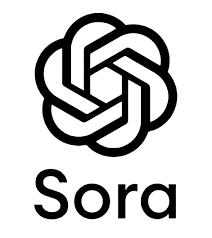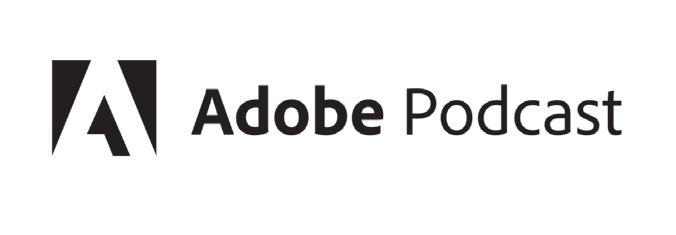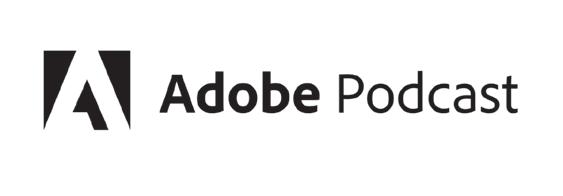

A QUICK GUIDE TO APPROACHABLE AI
THERE ARE THREE CLASSES OF AI
FIND ORGANIZE GENERATE
Regression techniques to identify contributors to an outcome or predict an outcome
Classification techniques to bring order to unstructured data
Generation techniques to create new data, content, and outcomes
AND
TWO FUNDAMENTAL STRATEGIES OPTIMIZE INNOVATE
Do what you’ve always done, but bigger, better, faster, cheaper
Do something new and different that others can’t do as well (how to stand out)
EVERYONE IS OR WILL BE USING AI. IN THE COMPETITIVE MARKETPLACE, THREE THINGS WILL SET YOU APART — WHOEVER HAS THE:
MOST/BEST DATA MOST/BEST IDEAS (creativity) MOST/BEST AUDIENCE
DON'T JUST USE AI — THINK ABOUT THE PROBLEMS AND THEN
UNDERSTAND IF AI IS APPLICABLE
How may rules are governing the task?
The more rules, the harder it will be to get good results.
WHAT TOOLS SHOULD YOU BE USING:











Google’s AI assistant
Gemini is our top recommendation based on user experience, results, and variety of tools available. For the best results, ensure you’re using Gemini 2.5 Flash or 2.5 Pro.
Anthropic’s AI assistant
Claude is a powerful second to Gemini and is a favorite in the tech community. For the best results, ensure you’re using Opus 4, the most powerful model.
OpenAI’s AI assistant
One of the first AI assistants, ChatGPT is still wildly popular. For the best results, ensure you’re using ChatGPT Plus, which does require an upgrade.
An AI deep research tool and thinking partner that can analyze your sources, turn complexity into clarity and transform your content.

A research lab and technology company that developed the first LLM for text to speech. Their technology can also design a voice, clone your voice, and measure expression.

An advanced AI video and photo generation model that transforms text prompts into high-quality, dynamic video and photo content.

An AI-powered, web-based tool for recording, editing, and enhancing audio. This is included in our Creative Cloud subscription.

An AI tool that generates original songs from text prompts, creating a complete musical piece with lyrics, vocals, and instrumentation.

Provides software and tools for creating natural-sounding AI voices, with applications in textto-speech, custom voice cloning, and conversational AI agents.
PROMPT ENGINEERING BEST PRACTICES
BE SPECIFIC AND DIRECT
The more focused and detailed your prompt is, the better the output.
BAD PROMPT: “Write a cover letter.”
BETTER PROMPT: “Write a 200-word cover letter for a municipal transportation project proposal emphasizing our team’s past experience with pedestrian-first design and local partnerships.”
USE CASES
EXTRACTION
• Get data from other data
• Find what is relevant to you based on a set of data
CLASSIFICATION
• Organize data that exists
• Use scorecards or rubrics to make the model explain itself
WHAT COULD THIS LOOK LIKE?
• Take job listings from a website and see what a competitor is hiring for
• Input a picture of a drawing from a whiteboard brainstorming session and see what you get
• Use analytics PLUS a knowledge block about JE Dunn and then have it extract information
WHAT COULD THIS LOOK LIKE?
• Can we classify/score an RFP using a JE Dunn knowledge block and predetermined criteria?
• Organizing client contact information
• Organizing statistics/data
USE CASES
SUMMARIZATION
• Extract key information
• Distill text, documents, or content into a shorter or more easily digestible format
REWRITING
• Explain difficult concepts
• Improve text quality (grammar, clarity, style), generate unique and original content, adapt content, enhance creativity
WHAT COULD THIS LOOK LIKE?
• Summarize meetings notes to report back what you tell a client/colleague
• Transcribe/summarize audio recordings
• Summarize reviews or debrief information
You will need to check if meetings can be recorded — verbalize that the meeting is beings recorded and that you're going to use AI on it.
WHAT COULD THIS LOOK LIKE?
• Take a LinkedIn profile and a prompt and ask how that person would like something interpreted for an RFP
If you know the audience, you can rewrite anything. If you know the personality types (OCEAN personality analysis), you can write anything for them.
USE CASES
SYNTHESIS
• Take data and make something out of it, glue data together and make use of it
• NotebookLM
WHAT COULD THIS LOOK LIKE?
• Create audio conversations — essentially a podcast of any documents you feed in (Check out Hume or ElevenLabs)
• Feed it your LinkedIn profile and ask for a glow-up
• Upload training docs to build a knowledge block and then people can ask questions
• Upload an RFP response and create an audio synthesis for a busy PX or PM
• Put all your meeting emails/meeting notes in and have them synthesized
• Pull from existing documents to create a writing style guide for a specific client
• Provide directions to scrub tone and then analyze documents based on the analysis
• Develop an Ideal Customer Profile (ICP), then pair with CRM data to understand your ICP per each segment of your business
• N8n allows you to dynamically process prompts to create automated workflows
• Make technical content easier to understand
USE CASES
QUESTION ANSWERING
• Provides instant answers to questions, often in a conversational cadence/tone
Manners matter — being polite when asking questions to AI models will render in better responses and better results.
GENERATION
• Automating workflows
• Generating content
Generation only works well based on the data it has available in the model or that you provide. You can create a prompt in Gemini and put a prompt in ChatGPT and get different results. Anytime you’re uploading a lot of data/ tokens, ask it to summarize first.
WHAT COULD THIS LOOK LIKE?
• Use live video to answer questions
• Aistudio.google.com
• Use generative AI to document a process — record the process and feed it into AI and have it build a standard operating procedure for a training program
WHAT COULD THIS LOOK LIKE?
• Create/generate a strategic analysis of competitors
• Create/generate a marketing strategy
KNOWLEDGE BLOCKS
KNOWLEDGE BLOCKS ARE INFINITELY REUSABLE
Deep research tools (like NotebookLM) allow you to commission reports — they go out and find information or collate information you provide and then write. You can use knowledge blocks to have pre-baked reports on hand. For example, you can do this for your competitors to mitigate your competitors’ advantage and keep pre-prepared reports ready for when you know you’re competing against them for a pursuit. PRO TIP : Use voice memos as a way to download what you're doing and use the transcript to build a knowledge block.
COMMON, USEFUL KNOWLEDGE BLOCKS TO PREPARE :
ABOUT // MARKETING REPORTS // IDEAL CUSTOMER PROFILE // STRATEGIC PLANS // FRAMEWORK
Give AI the data to interpret and benefit from the results
ETHICAL & SECURITY CONSIDERATIONS
It’s crucial to be aware of the ethical and practical challenges of using AI in a business context.
ACCURACY & FACT-CHECKING: AI can sometimes generate inaccurate or misleading information. You should always fact-check and verify any output against reliable sources.
DATA SECURITY & PRIVACY: Some AI tools run locally so your data never leaves your machine. However, when using cloud-based tools, be mindful of what data you input, especially sensitive or proprietary information. Ensure the tools you use comply with relevant data security regulations.
PLAGIARISM
& OWNERSHIP: Questions of copyright and ownership for AI-generated content are still being debated. Be cautious when using content from public AI models and always refine it to reflect your company’s unique voice.
BIAS: AI models are trained on large datasets that can contain and amplify societal biases, which could lead to unfair or discriminatory outcomes in areas like hiring.
THE PROBLEM: HIGH & GROWING ENERGY USE
• AI’s energy consumption is a significant concern due to the intensive computing power required for training and running models.
• Data centers, which power AI, are massive, energy-intensive facilities. In 2023, data centers consumed 4.4% of U.S. electricity, and this could triple by 2028. Some analysts project that data centers could account for as much as 20% of global electricity use by 2030–2035.
• The growth of AI is straining power grids in regions with high concentrations of data centers, such as Texas and Virginia.
• AI models are becoming exponentially larger, which increases their energy footprint. For example, a single query to a tool like ChatGPT can use around 10 times more electricity than a standard Google search. A simple AI text prompt uses an estimated 23 times more energy than the same question on Google without its AI overview feature.
• The high energy demand for cooling these data centers also leads to significant water consumption. Some large data centers can use millions of gallons of water per day.
THE SOLUTION: EFFICIENCY & MITIGATION
• Some AI tools can be run locally, which means data never leaves a local machine and can potentially be more energy-efficient.
• Many tech companies, including Google, are investing in renewable energy to power their data centers. This can help offset the carbon emissions associated with AI’s electricity consumption, though critics note that these investments might not be local to where the energy is being consumed.
• Tech companies are supposedly working to make AI more energy-efficient.
• There are strategies to reduce AI’s environmental footprint, such as using more efficient hardware.
• The environmental impact of AI extends beyond electricity and water. It also includes the production of e-waste from hardware components and the use of mined materials.

